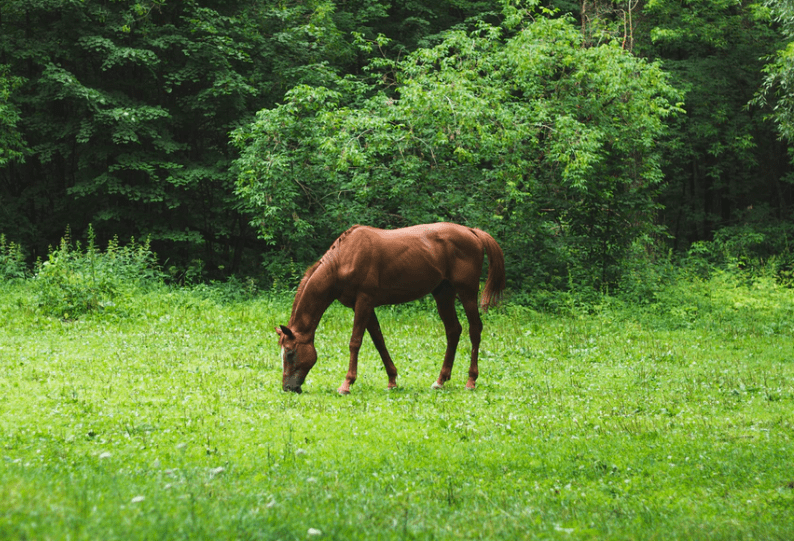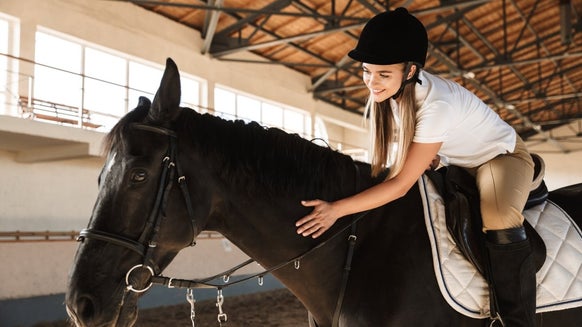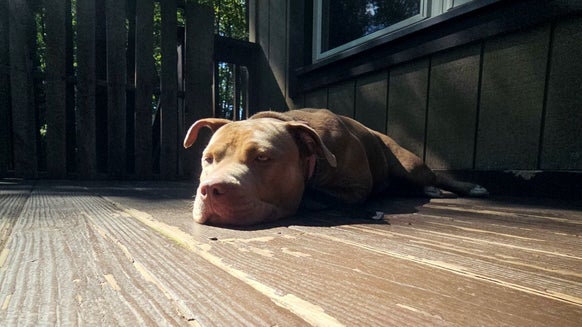How to Keep a Healthy Horse Pasture

How to Keep a Healthy Horse Pasture
Late spring and the beginning of summer for horse owners is the ideal time to plan and implement horse pasture management techniques. Those of us who manage horses will know that it is a labour of love and not a cheap one at that. Horse owners will often talk about how high their bills are, and with some many feed, hay and supplement choices on the market, it can be tough to know precisely what your horse requires.
The best place to begin is to ensure that your pasture is well‐maintained and full of healthy grass types, which can be both nutritious and inexpensive. However, pastures can disintegrate quite quickly, if you’re not maintaining them correctly. If your horses are grazing on degraded pasture lands, it can lead to greasy heel, colic, parasites, and exposure to harmful weeds. This means that the best way to ensure that you're producing a quality pasture is to simply take good care of the land.
High‐quality, fenced pastures is one of the best and most inexpensive forms of summer feed for your horse. In this blog, we'll cover hints and tips on how to maintain yours.

Soil tests
If the soil on your pastures hasn't been tested for the past few years, now is a good time to do so. You can either perform a home test or send off your sample for analysis. Either way, once you know what pH levels you're working with, you can begin to take steps to improve the soil quality.
If you need to apply fertiliser to the land, it's essential to repeat this yearly. While fertiliser can be used at any time of year, you can reap the maximum benefit during the warmer months by applying the previous autumn. This is when weeds are less prominent, and grass growth is dormant.
Applying nutrients will help develop root systems and improve the grasses to make them more durable and robust. This is because as the root system expands, it can grow to greater depths, where it can extract further water and beneficial nutrients during hot spells.
Applying fertiliser, however, does not guarantee the health of the pasture if the pH level is too low. In acidic (low pH) environments, plant nutrients are chemically bound and are unable to absorb the required nutrition it needs to flourish, thereby stunting growth.
You should be aiming for a pH level of around 6.2 since these are the ideal conditions in which pasture grass can absorb the nutrients, any higher than this, and pasture yield will not improve.
To increase soil pH, agricultural lime is a useful option. However, it doesn't dissolve to become part of the soil chemistry like fertilisers do. This is why it's recommended that lime application is greater than about 2 tons per acre.

Overseeding & Pasture Renovation
Overseeding is a technique that replenishes areas of grass that are damaged or patchy. The best time to overseed is spring, to ensure the seeds can take advantage of the moisture and warmth of the soil. Adding a layer of topsoil across the patchy areas helps to improve the seed to soil contact, after which you can then distribute the seeds by hand or with a seed spreader.
In most cases, overseeding won't require too much soil preparation, unless you're renovating your horse pasture at the same time, which involves relieving compacted areas, filling depressions, and distributing topsoil over the entire area. The renovation will usually be needed most in areas where the horses often frequent, such as around gates and along the fence lines. You should bring all your horses back to the sacrifice area, or put up temporary fencing while undertaking these renovations to ensure the grass isn't trampled or eaten.
If your pasture has become dusty or overrun with weeds, more extensive soil preparation is required and weeding, fertilising, liming, and overseeding are the bare minimum steps you need to take. Afterward, the soil must be kept moist by watering and mulching, to prevent further weed growth and to stop the seeds from dehydrating as they establish.
In most circumstances, it's recommended that the horses are kept off this area for at least twelve months to allow them to establish. However, this is not always possible, so in this case, consider renovating smaller sections at a time.

Creating & Maintaining a Sacrifice Area
Sacrifice areas are absolutely key to successful pasture management, particularly when you're only working with a relatively small area of land. For one or two horses, this can be as small as a fenced 350 square metre area.
A sacrifice area is where the horses can eat hay, drink water, play, and get their all‐important exercise without damaging the rest of your pastures. Sacrifice areas will also offer relief for pastures that are exposed to intense grazing. Frequently used pastures are near impossible to manage if you haven't created a sacrifice area.
If you have a newly established pasture, it's essential to keep the horses within the sacrifice area until at least the following spring. After these twelve months, give the horses the chance to graze about 50% of the available grass.
When building a sacrifice area, you should:
- Create effective drainage.
- Keep a surface slope of at least 3% to prevent soil erosion.
- Keep all water flows, such as barn runoff, away from that area.
- Frequently clear waste to prevent parasites and bacteria.
- Relieve compaction to prevent mud build‐up, which again, attracts parasites and bacteria.

Managing Grazing Patterns
Once the horse pasture is beginning to establish, growth will be rapid. The next stage is to manage when, where, and how long your animals are grazing. You can do this by installing fencing to separate grazing areas into smaller sections.
Managing the grazing to shorter periods and rotating pastures keeps the grass healthy, which helps to prevent weed establishment. Rotation also helps to reduce the intensity of each grazing session, which guarantees an even spread of manure and prevents overgrazing.
Horses should be rotated out, as soon as the grass has been grazed down to about 2 to 3 inches in height. If the pasture top surface has been left uneven, it will need to be mowed to make for uniform growth.

Horse Pasture Weed Management
There are numerous techniques that you could use to control weed establishment before the seed even makes it to the production stage. However, weed identification is the most effective first step, since it helps you establish which herbicide will be the most effective on weeds that are already growing.
Appropriate fertilisation and liming, along with a controlled grazing programme, create the perfect conditions for the vegetation you want, to flourish against unwanted weed growth.
- Regularly mowing to prevent the weeds from making it to the seed production stage.
- Composting horse manure to kill contained weed seeds.
- Using an excellent quality seed mixture in the first instance.

Takeaways
Pastures are a rich, and inexpensive source of nutrients for your horse, so long as you know exactly how to manage your land.
As any good horse owner knows, the quality of the forage, whether hay or pasture, must be the foundation of a nutritious and beneficial feeding programme.
Shane Smy is a grass seed expert and the Marketing Manager at www.barenbrug.co.uk








